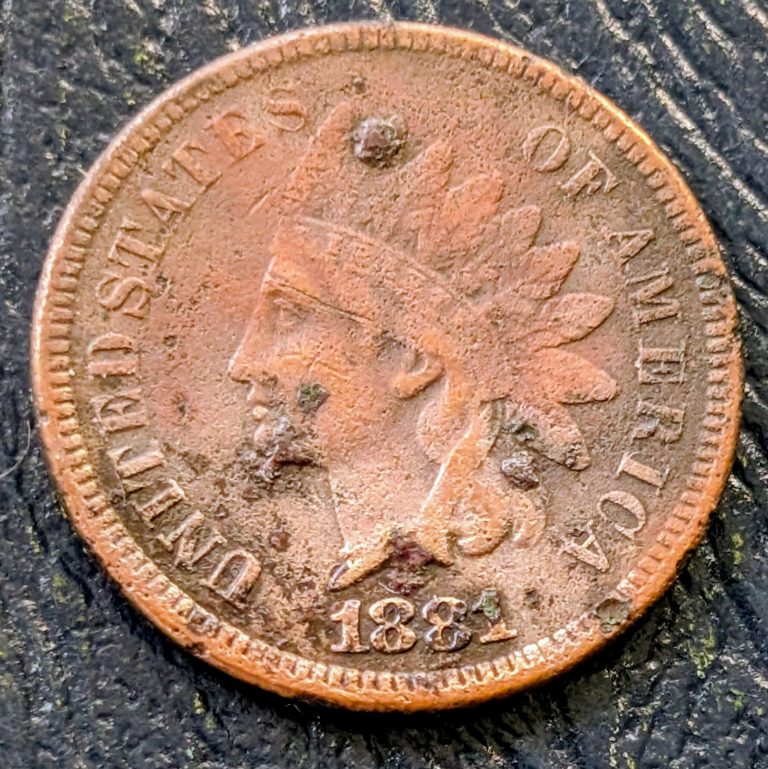A Close Look at Environmental Damage and Copper Breakdown
Environmental damage happens when copper reacts with oxygen, moisture, and soil chemicals. This 1881 Indian Head Cent shows every stage of that breakdown, from green corrosion to missing metal. It is not a mint error, but it is a perfect example of how copper changes over time.

